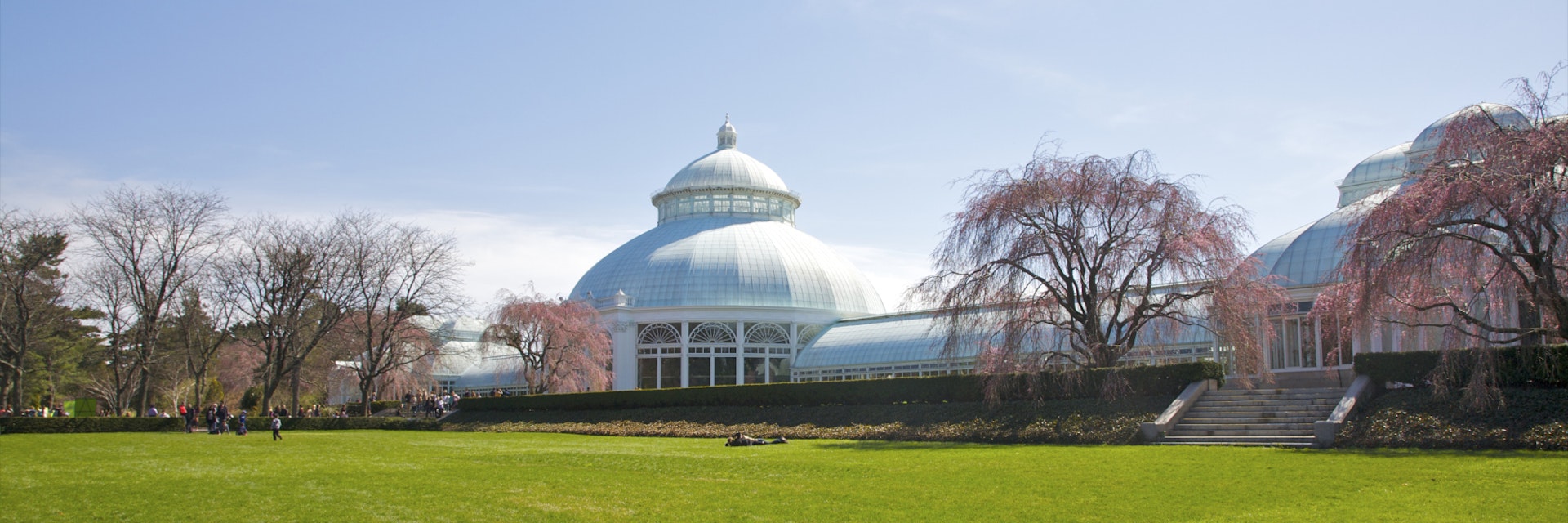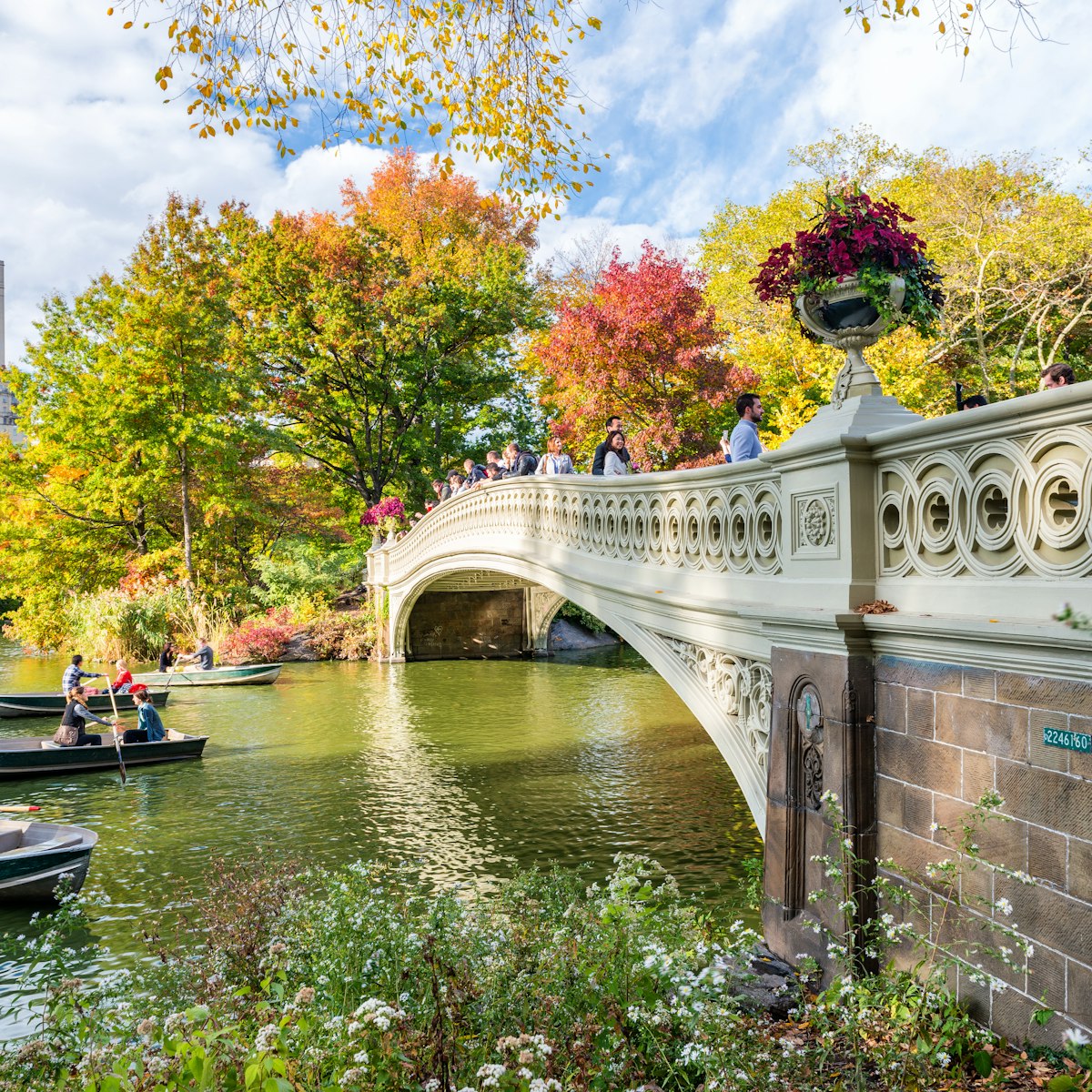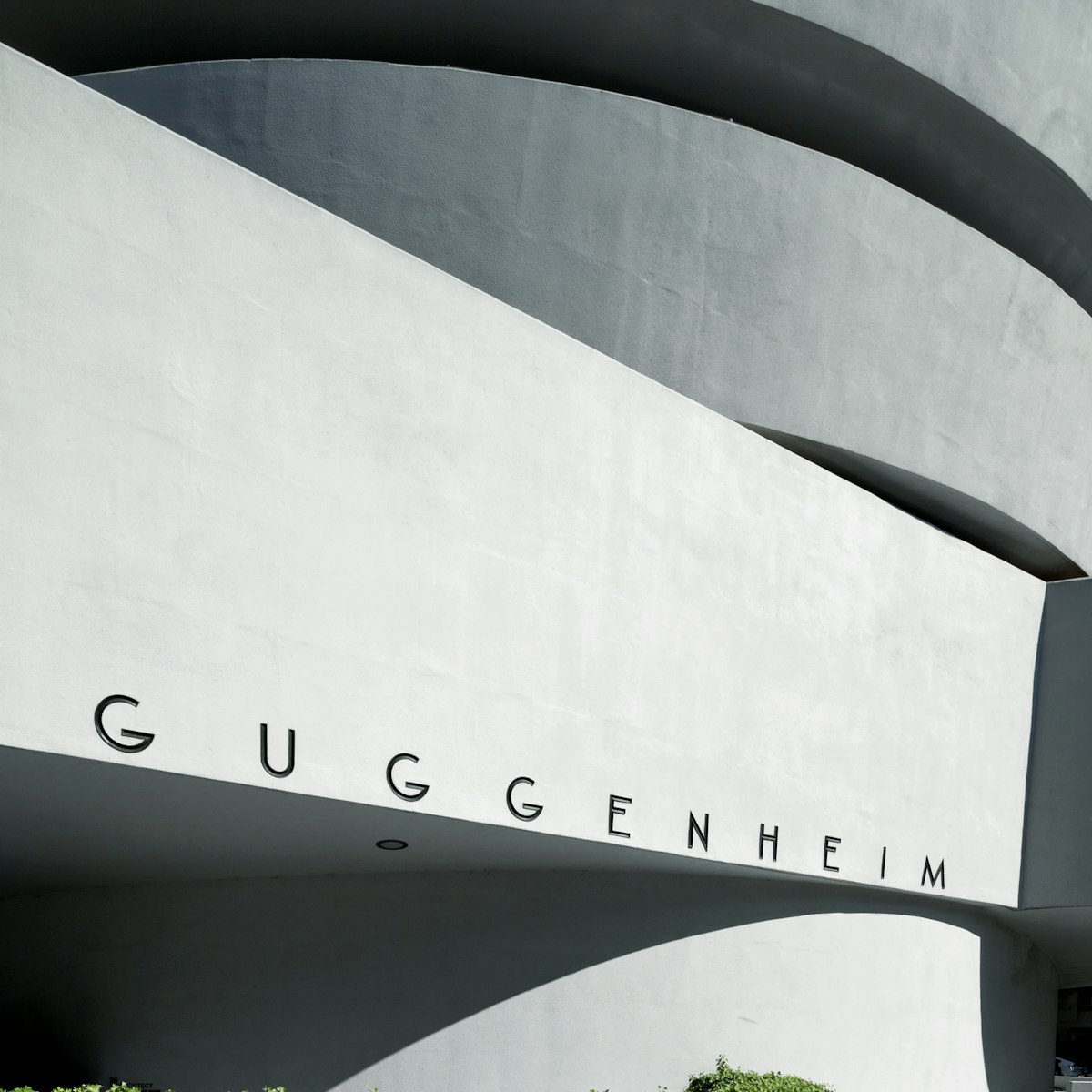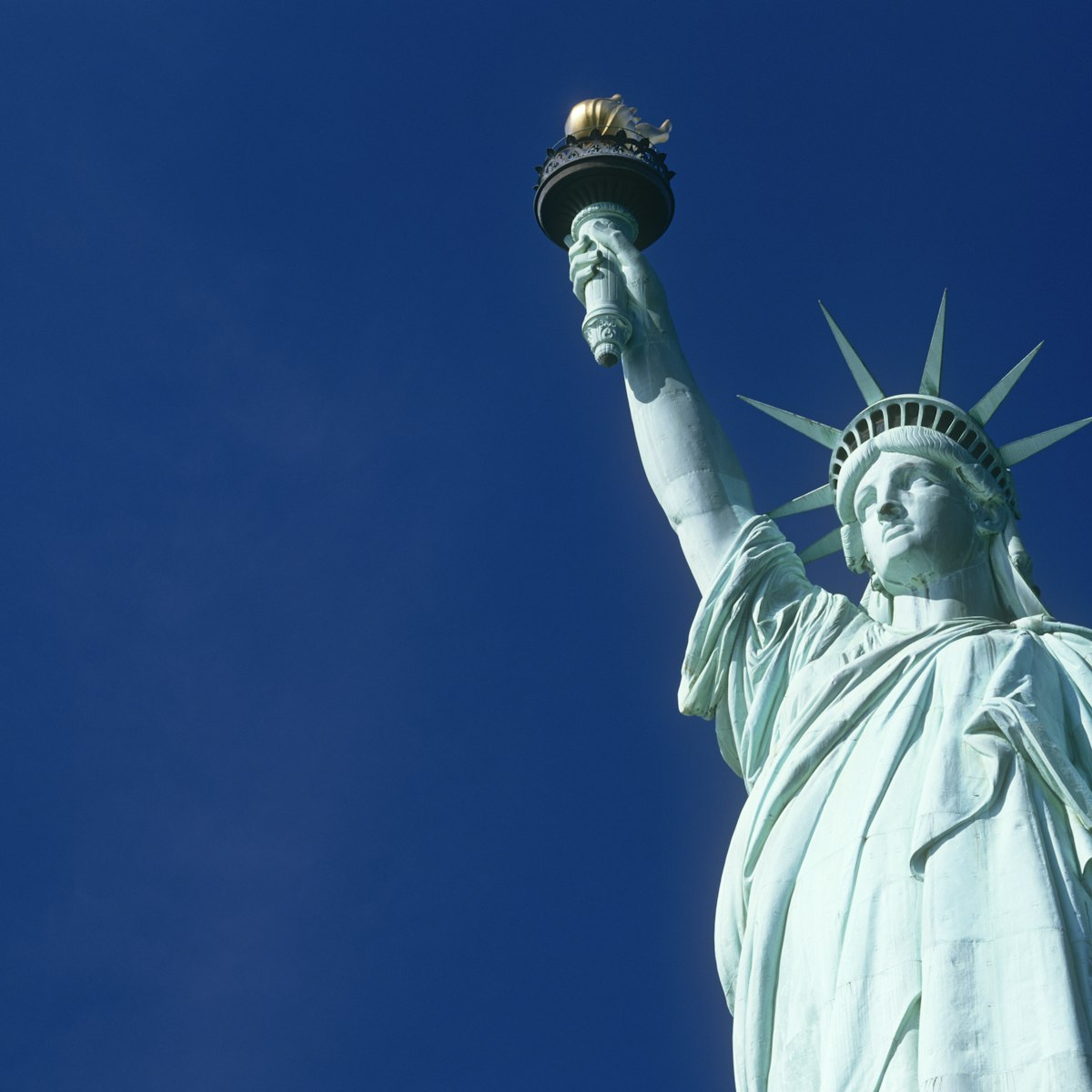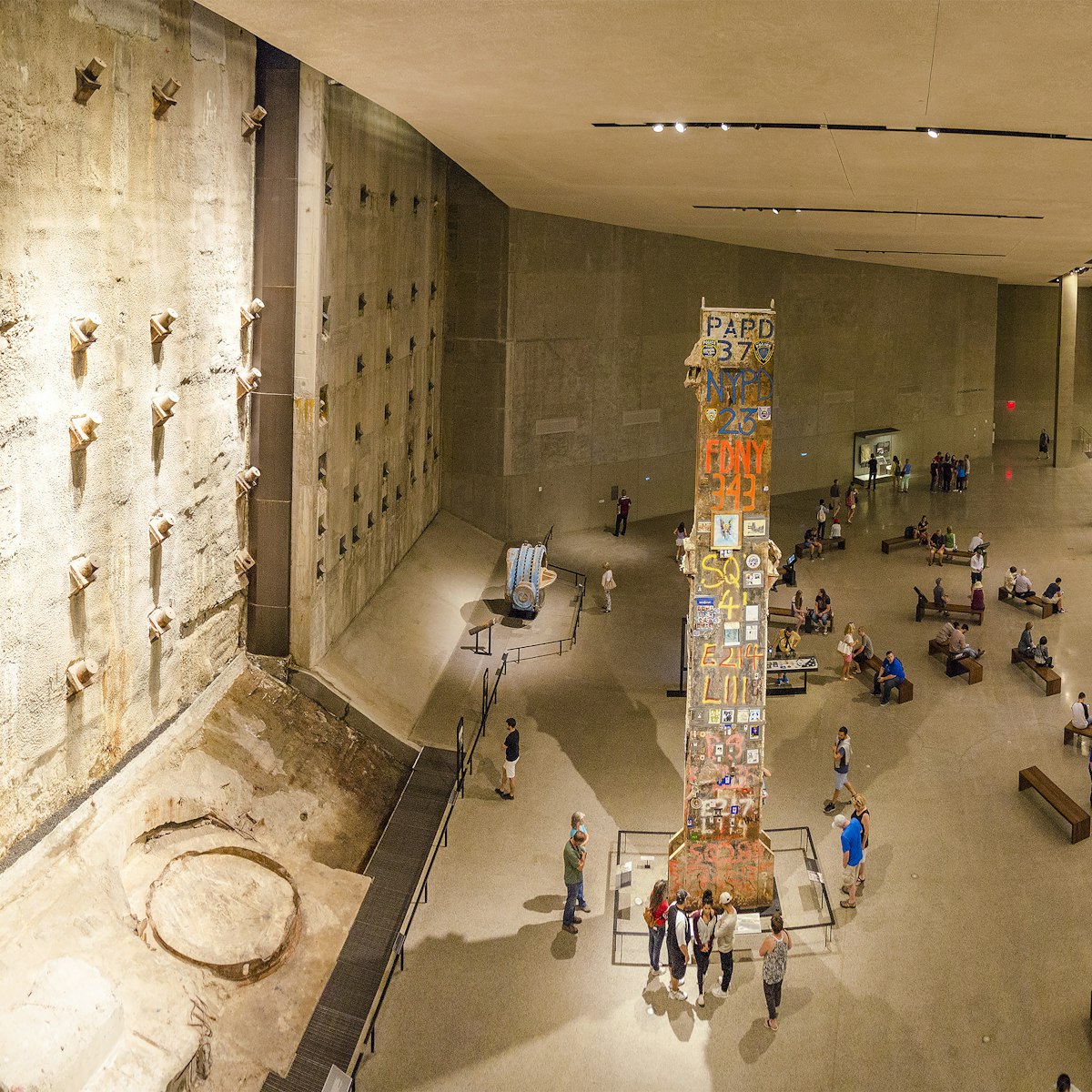Founded back in 1891, this welcome expanse of green takes in 50 acres of old-growth forest, alongside lush gardens, ornate greenhouses and water features – a surprising find in the middle of the gritty, built-up Bronx. Covering a 250-acre plot of prime, green real estate surrounded by the crush of New York, the gardens were protected from development by the Torrey Botanical Society, the oldest botanical society in the Americas, founded by botanist John Torrey in the 1860s.
If it all seems a bit European, that’s no accident. The landscaping was inspired by the grand public gardens of England, France and Italy, and the buildings dotted around the grounds borrow heavily from Renaissance architecture. From the outset, the plan was for the gardens to be highly educational, hence the wonderful LuEsther T Mertz Library, America’s largest botanical library.
Visiting the New York Botanical Garden
The Metro-North Railroad and New York Subway both run close to the botanical gardens, making for an easy trip from Grand Central Terminal in Midtown. It’s easy to while away a relaxing half day wandering around the grounds, admiring the art installations, exploring the exhibitions inside the buildings dotted around the gardens, and picnicking surrounded by greenery.
The landmark feature of the New York Botanical Garden is the restored Enid A Haupt Conservatory, a grand, Victorian iron-and-glass edifice that wouldn't look out of place in the grounds of an Italian palace. It’s been pride of place here since 1902. Showing the clear influence of great European gardens, there’s a domed palm house, a lily pond, and greenhouses filled with cacti, rainforest plants and other flora collected from all over the globe.
The other big landmark in the gardens is the LuEsther T Mertz Library, a Renaissance Revival charmer from 1899. America’s largest botanical library has a world-class collection of some 775,000 reference books and more than six million botanical specimens. The illustrated books in the Rare Book Room are particularly precious.
The gardens have a lively cultural program, with classes, themed walking tours, children’s book readings and film screenings, as well as exhibitions inside the LuEsther T Mertz Library and Ross Gallery. There are also regular art installations in the grounds (in 2021, Yayoi Kusama filled the gardens with sci-fi sculptures of giant pumpkins, alien plants and psychedelic natural forms). See the website for listings of upcoming events.
From mid-November to mid-January, hordes descend on the gardens for the annual Holiday Train Show in which model trains chug through elaborately constructed recreations of NYC landmarks built from plants. Even if the line through the show moves at a snail's pace, it's worth going at least once, especially if you have kids in tow. The other top time to visit is from March to May, when the gardens' 200 cherry trees burst into blossom.
History
The idea for creating New York’s first botanical garden came from a chance trip to Kew Gardens in London. Botanist and botanical garden co-founder Nathaniel Lord Britton visited Kew while on honeymoon in 1888, and immediately decided that New York needed a botanical garden of similar scale.
While the team behind the gardens were botanists and naturalists, the scheme was backed by business heavyweights. Freight magnate Cornelius Vanderbilt, steel mogul Andrew Carnegie and banker JP Morgan invested heavily in the gardens, matching the $250,000 (equivalent to around $7 million today) raised by the city of New York.
With some tricky drainage considerations thanks to the Bronx river, the gardens were designed by landscape architect Calvert Vaux, who also created Central Park, but he died in 1895 before his plan could be fully realized. The project rolled on, however, with a team of leading architects brought in to create landmark buildings worthy of a grand garden, with the final bricks falling into place in 1902.
Tickets & Practicalities
There are two types of tickets for the botanical gardens. Standard entry covers only the outdoor areas – so the open-air gardens, trails and art installations. Garden and gallery pass tickets include entry to the Enid A Haupt Conservatory and exhibitions in the Ross Gallery and LuEsther T Mertz Library. New York residents get discount rates. From July to August, the gardens stay open till 9pm, making for fine evening walks. Ask to see if the gardens have resumed the policy of allowing free admission at certain times.
Where to eat near the New York Botanical Gardens
There’s a café and grill in the grounds, but you’re not far from some excellent dining options around Arthur Ave in the deeply Italian neighborhood of Belmont.
Bronx Night Market
Trad Di Noi
Randazzo’s Seafood
Casa Della Mozzarella
Zero Oto Nove
